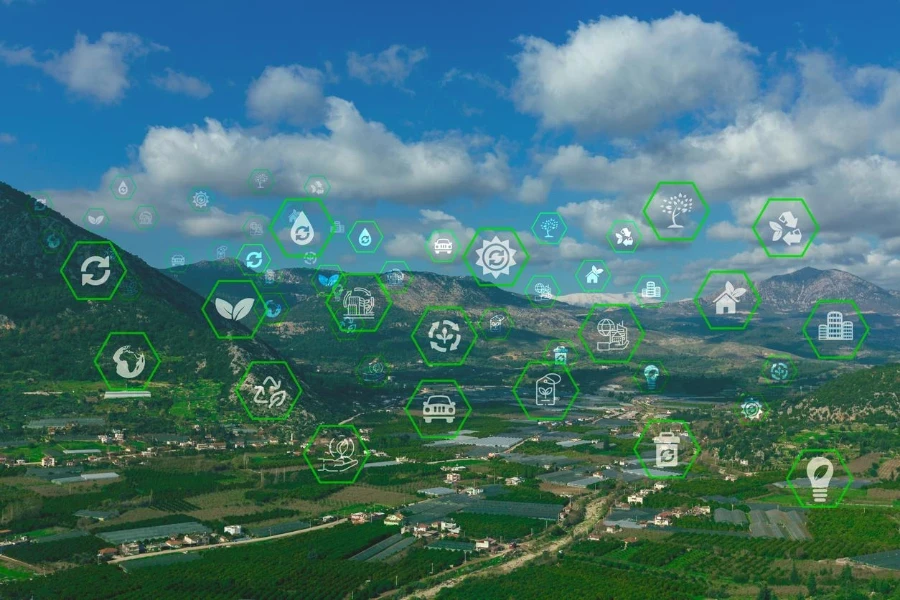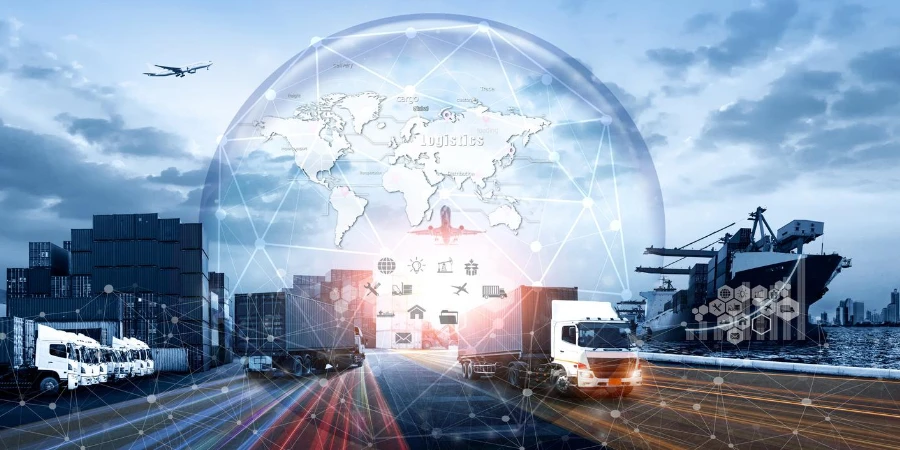In today’s rapidly evolving marketplace, the concept of a sustainable supply chain has transitioned from a niche interest to a central strategy for businesses aiming to thrive. This shift is not merely about environmental stewardship but also encompasses economic and social dimensions, aligning closely with the broader objectives of sustainability. This article delves into what constitutes a sustainable supply chain, its significance, and the practical steps businesses can take to implement these practices effectively.
Table of Contents:
1. Understanding sustainable supply chain
2. The significance of sustainable supply chain practices
3. Key components of a sustainable supply chain
4. Challenges in implementing sustainable supply chain practices
5. The future of sustainable supply chains
Understanding sustainable supply chain

A sustainable supply chain integrates principles of sustainability into all aspects of the supply chain management process. This approach considers not only the environmental impact of supply chain operations but also the social and economic implications. It’s about creating a system that is resilient, ethical, and can thrive over the long term without depleting resources or harming the planet.
The journey towards sustainability begins with the raw materials. Sourcing materials responsibly ensures that environmental degradation and social exploitation are minimized. Moreover, efficient manufacturing processes that reduce waste and energy consumption play a crucial role in this stage.
Finally, sustainable logistics practices, including optimizing transportation routes and adopting eco-friendly packaging solutions, are vital for minimizing the carbon footprint of the supply chain. These practices demonstrate a commitment to sustainability that resonates with consumers and stakeholders alike.
The significance of sustainable supply chain practices

Embracing sustainable supply chain practices is no longer optional for businesses that aim to remain competitive. Consumers are increasingly making purchasing decisions based on a company’s environmental and social responsibility. A sustainable supply chain not only meets this demand but also leads to cost savings through improved efficiencies and resilience against disruptions.
Moreover, regulatory pressures are mounting, with governments worldwide implementing policies that encourage or mandate sustainable practices. Companies ahead of the curve in adopting these practices will find themselves better positioned to navigate the regulatory landscape.
Additionally, sustainable supply chains foster innovation. By rethinking processes and materials, companies can discover new opportunities for improvement and differentiation in the market. This innovation can lead to the development of new products, services, and business models that drive growth.
Key components of a sustainable supply chain

Building a sustainable supply chain requires attention to several key components. First and foremost is the commitment to transparency. This involves clear communication with stakeholders about the origins of materials, labor practices, and environmental impacts. Such transparency builds trust and helps identify areas for improvement.
Secondly, collaboration across the supply chain is essential. Sustainable practices can only be fully realized when all participants, from suppliers to customers, work together towards common goals. This collaboration can lead to shared innovations and solutions that benefit all parties.
Lastly, continuous improvement is a cornerstone of sustainability. This means regularly assessing and adjusting practices in response to new information, technologies, and stakeholder feedback. It’s a journey of ongoing learning and adaptation that ensures the supply chain remains sustainable in the face of changing conditions.
Challenges in implementing sustainable supply chain practices

Despite the clear benefits, transitioning to a sustainable supply chain presents challenges. One of the primary hurdles is the initial cost. Investing in sustainable materials and technologies can be expensive, and the return on investment may not be immediate.
Moreover, the complexity of global supply chains can make transparency and collaboration difficult. Identifying and mitigating environmental and social risks across a network of suppliers requires significant effort and resources.
Finally, there is often a lack of knowledge and expertise in sustainable practices. Companies may struggle to understand what sustainability means for their specific context and how to implement relevant strategies effectively.
The future of sustainable supply chains

The future of sustainable supply chains is promising. As technology advances, new tools and platforms are emerging that make sustainable practices more accessible and cost-effective. Blockchain, for example, offers unprecedented transparency, allowing companies to track the origin and journey of products with precision.
Moreover, as public awareness and regulatory pressures continue to grow, companies will increasingly recognize the value of sustainability as a competitive advantage. This will drive further innovation and investment in sustainable supply chain practices.
In conclusion, the shift towards sustainable supply chains is not just a moral imperative but a strategic business move. By embracing sustainability, companies can build resilience, foster innovation, and create value for themselves and society at large. The journey may be challenging, but the rewards—both for businesses and the planet—are immense.
Conclusion
Sustainable supply chains represent the future of business, intertwining environmental stewardship with economic and social well-being. While challenges exist, the benefits of adopting sustainable practices are clear and compelling. As we move forward, it will be those organizations that recognize and act on the importance of sustainability within their supply chains that will lead the way, ensuring a healthier planet and a more resilient, innovative business model.








